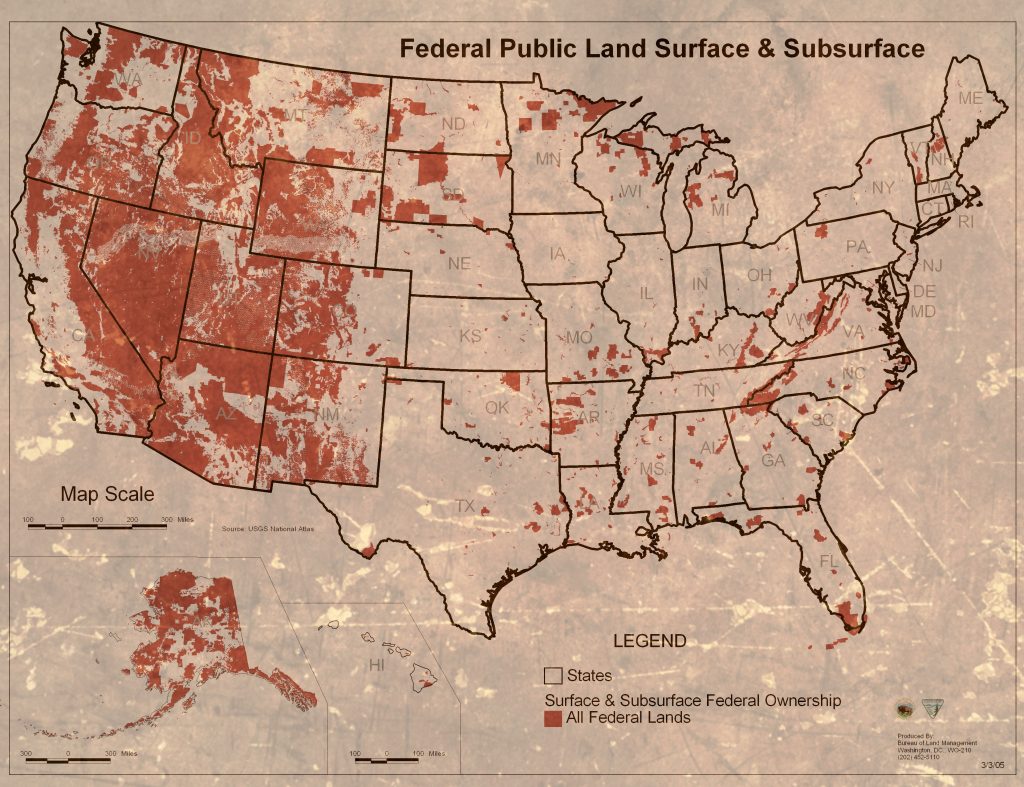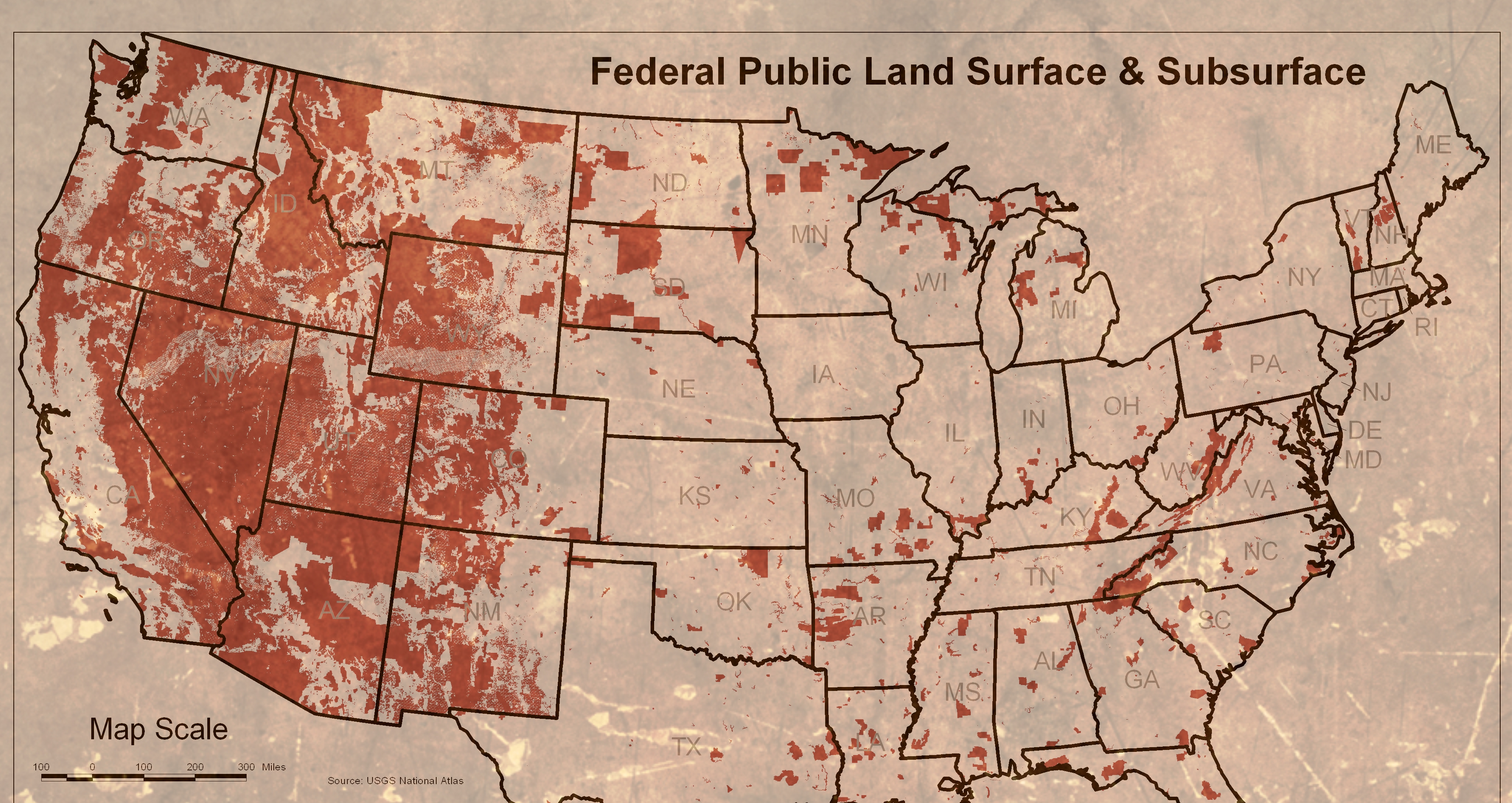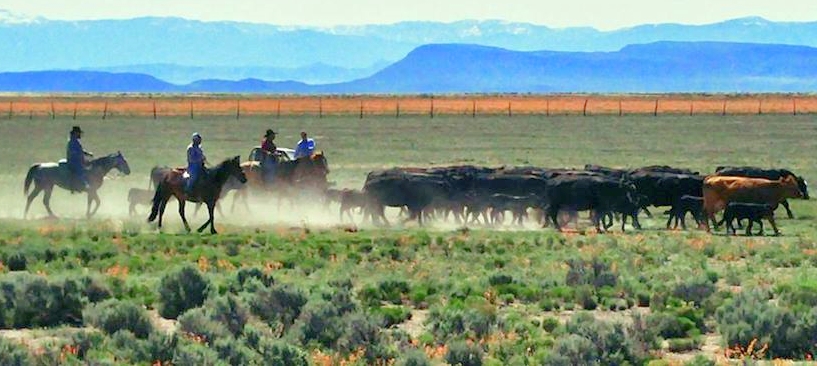Indeed, in directing BLM to “make every effort to restore order, focus, and efficiency to the Federal land planning process,” Zinke clearly takes aim at green groups, as well as what the former Republican congressman from Montana often complained was federal government overreach.
Scott Streater
Zinke orders BLM ‘back to the drawing board’ on land use, NEPA
Interior Secretary Ryan Zinke has directed the Bureau of Land Management to “identify and implement” revisions to the agency’s land-use planning and environmental review processes just weeks after Congress killed an Obama-era rule that supporters say sought to do the same thing.
Zinke, in an internal memorandum to BLM acting Director Mike Nedd, also directed the agency to begin the process for a possible new rulemaking that would “identify where redundancies and inefficient processes exist and should be eliminated, while ensuring that we fulfill our legal and resource stewardship responsibilities.”
Zinke’s memo, which was given to E&E News today by the Center for Western Priorities, is dated March 27 — the same day President Trump signed into law a congressional resolution scrapping BLM’s Planning 2.0 rule. That Obama rule had revised for the first time in three decades the land-use planning process for managing the agency’s 245 million acres.
But Zinke wrote in his memo that he had “heard many concerns” about Planning 2.0, as well as BLM’s “planning and environmental analysis processes. These concerns must be addressed.”
Among the issues Zinke said are hampering the federal planning process are project delays caused by “appeals and litigation” — presumably by environmental groups — of extensive environmental analysis conducted of land-use plans and individual projects.
Zinke directed Nedd to “take a hard look at all aspects of the planning process” and to submit a report to him within six months that provides “recommendations for any regulatory or legislative actions necessary to meet” a list of seven goals he outlined in the memo.
Those include:
- “Finding better ways” to partner federal land-use planning efforts with “state planning efforts.” GOP congressional leaders, in approving the Congressional Review Act resolution killing Planning 2.0, said the Obama rule would allow BLM to bypass coordinating with local and state officials.
- “Reducing duplicative and disproportionate analyses,” particularly those required by the National Environmental Policy Act.
- Establishing “greater transparency in the NEPA process,” particularly as it relates to the “proper accounting of timeframes, delays, and financial cost of NEPA analyses.”
- Seeking “opportunities to avoid delays caused by appeals and litigation” — a major point of focus among Republican congressional leaders.
- Developing a process to “right size” environmental review documents, “instead of defaulting to preparing an Environmental Impact Statement in circumstances when such a document is not absolutely needed.”
Environmental groups frequently challenge BLM reviews of projects when a less time-consuming environmental assessment is conducted, instead of an EIS, which can take years and cost millions of dollars.
Indeed, in directing BLM to “make every effort to restore order, focus, and efficiency to the Federal land planning process,” Zinke clearly takes aim at green groups, as well as what the former Republican congressman from Montana often complained was federal government overreach.
“The feedback I have received from many of our state and local partners and the public is that the system is broken, unnecessarily lengthy and burdensome, and does not produce the result demanded by the American people,” he wrote. They want a process that “takes less time” and “costs less money.”
“For these reasons, I am directing BLM to go back to the drawing board to define actionable items that will make a measurable impact on improving the Federal planning process,” Zinke wrote.
A BLM spokeswoman directed questions about the memo to the Interior Department.
Heather Swift, an Interior spokeswoman, said BLM is only a couple of weeks into the review process, “so I don’t have a specific plan for you right now.”
But Swift added in an emailed statement that “it’s clear the Secretary’s priorities are in access to federal lands, restoring local trust and local collaboration on land management decisions, and restoring the traditional multiple-use management principles to the BLM.”
Kathleen Sgamma, president of the Denver-based Western Energy Alliance, said she would support the review outlined by Zinke.
“Just as businesses are constantly finding ways to do things better and more efficiently, BLM can find ways to do NEPA and planning more effectively and still meet its goals,” Sgamma said in an email to E&E News. “In this case the goals are to manage the land for multiple uses in a way that protects the air, water, wildlife, cultural and other natural resources values. There’s no reason that NEPA and land use planning have to drag on for years.”
She added, “With the political will to move forward with responsible energy development and other productive uses, BLM can find efficiencies and move the process forward, rather than just pushing development to the backburner and finding more ways to say no to economic growth.”
Others do not see it that way, including Greg Zimmerman, deputy director of Denver-based Center for Western Priorities.
Zimmerman and other defenders of the Obama administration’s Planning 2.0 effort say the rule, repealed in the CRA resolution, sought to make the land-use planning process more transparent.
Finalized by BLM in December, the rule established what the agency called at the time a more efficient process to update and revise the roughly 160 resource management plans for millions of acres of federal lands.
The planning rule has not been updated since 1983, and proponents said it was already working to improve land-use management.
“The BLM planning rule never should have been scrapped in the first place,” Zimmerman said. “This administration and this Congress have decided to throw away years of work and gathered information for a shortsighted political win. They’ve abused the Congressional Review Act, wasted taxpayer dollars, and now are admitting the BLM planning process needs reforms after all.”
But Zinke said in the memo to Nedd that a new course for planning and NEPA processes is needed to “align with the President’s and my priorities and values.”
He then listed the five points in a draft “BLM Priority Work” list unveiled by E&E News last week that calls on the agency to focus on permitting oil, gas and coal projects .
It also calls on the agency to ease unspecified NEPA “processes” and to streamline “land use planning to support energy and minerals development and other priorities,” including “rights-of-way processing for pipelines, transmission lines, and solar/wind projects.”
The draft priority list took aim at almost every Obama-era federal lands management initiative, and was criticized by conservation groups and House Natural Resources Committee ranking Democrat Raúl Grijalva of Arizona.





BLM lands should be open for all users . This is to include ORV enthusiast. We have every right to enjoy as to the environmentists.
These are our tax dollars supporting the BLM too.
Open the RS 2477 Paria River road north of US Highway 89 and settle the long going dispute. If that happens some of us in Southern Utah will believe that the BLM is serious about listening to the locals instead of the environmentalists.
Open are land back open for off road racing and and off roadlng
For everyone.
Also for the use of all framers.